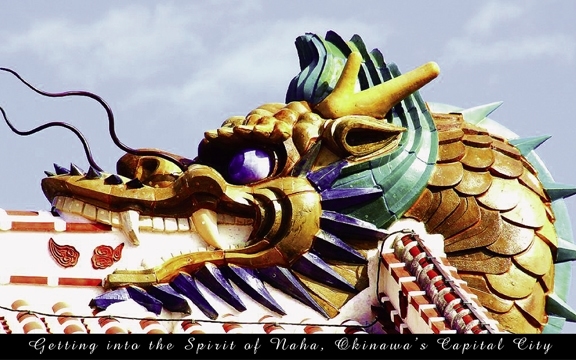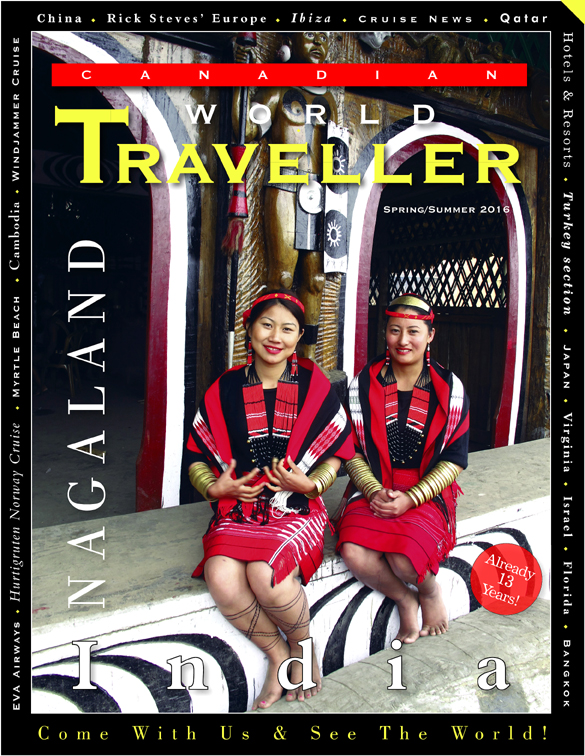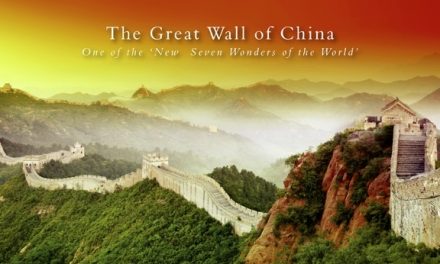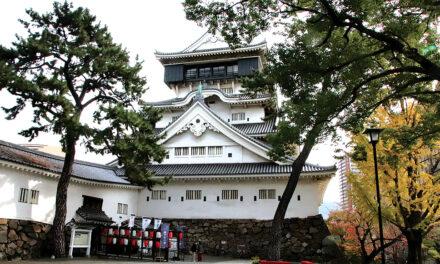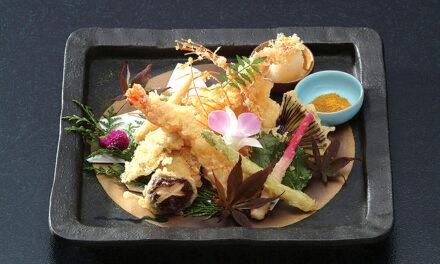Japan
Getting into the Spirit of Naha, Okinawa’s Capital City
Article & Photography by Steve Gillick
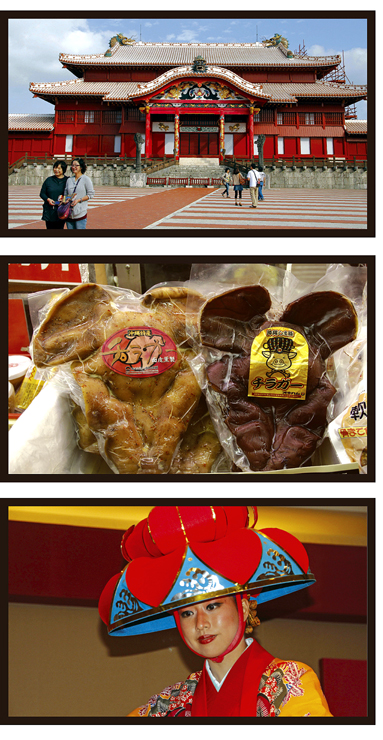
Landing in Naha Airport can be a hairy experience. I don’t mean it’s dangerous. I mean that when you get into the airport, the baggage conveyor belt is adorned with two large hairy Shisa, the spirit guardians that can be found just about everywhere on the island. These fierce-looking lion/dogs are almost always found in pairs with the closed-mouth male holding in the good spirits and the open-mouthed female warding off evil spirits.
And we were about to discover that the spirit of Okinawa’s capital city was exciting, enthralling, colourful and even a bit intoxicating.
Okinawa, part of the Ryukyu Island chain is about a 2 ½ hour flight from Tokyo. The 49 inhabited, and 111 uninhabited islands of Okinawa enjoy a subtropical/tropical climate that allows for beautiful, relaxing beach resorts. Okinawa Island is the largest in the chain with Naha lying in the south central area. In the north are resorts, attractions (such as the impressive Churaumi Aquarium) and small villages where Okinawa’s centenarians live. South of Naha you can explore culture and crafts at Okinawa World before wandering about the Gyokusendo Cave with its 1000’s of stalagmites and stalactites. Then at the southern tip of the island the Himeyuri Peace Museum and Peace Memorial Park commemorate the 200,000 who lost their lives in the 1945 Battle of Okinawa.
Naha got its name from “Naba” a mushroom shaped stone that lay in the heart of the city. While the stone no longer exists, if you’re looking for mushrooms, you came to the right place. One of the city’s top attractions is the vibrant Makishi Public Market featuring freshly caught fish and seafood and local vegetables. The Goya resembles a cucumber with warts. Its ultra-bitter taste enhances the flavours in dishes such as chanpuru, the local stir-fry, and the national dish, Okinawa Noodles, where thick wheat noodles sit in a savoury broth, topped with seaweed, pork, fish cake and scallions.
While exploring the market, we had to do an about-face as we spotted packages of flattened pig faces—a popular spicy treat. While tempted, we preferred to snack on Okinawa’s famous, thick and rich ice cream.
Behind the market is the 400 year old Tsuboya Pottery District where the narrow street wends its way past shops and cafes selling everything from sake cups to plates, bowls and decorative art.
Afterward a stroll on Kokusaidori, the main street is the perfect place to shop, relax in a restaurant or bar, or sample some intoxicating spirits in the form of Awamori, a unique Okinawan beverage distilled from Thai Rice and averaging 30-43% alcohol. It’s best consumed straight-up, on ice, or with Shikuwasa juice (sour lime). Back on the street there are cartoon (manga) statues and other surprises that may include an impromptu traditional dance performance or a sanshin (the Okinawa 3-stringed guitar) recital.
Shuri (Red) Castle lies just outside the city centre. Originally built in the 14th Century, this former Royal Palace was re-built several times over the years before being completely destroyed during the Battle of Okinawa. Reconstructed in 1992, the Castle is a picture perfect attraction for those who love history, art, architecture and the romance of the past.
When you’re thinking of enhancing your experience in Japan, consider Naha and the islands of Okinawa. You’ll be in for one spirited adventure.
www.Ilovejapan.ca
Click on cover to view published article

